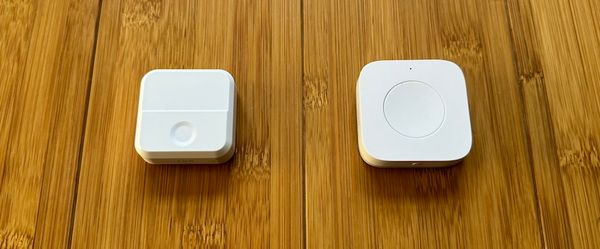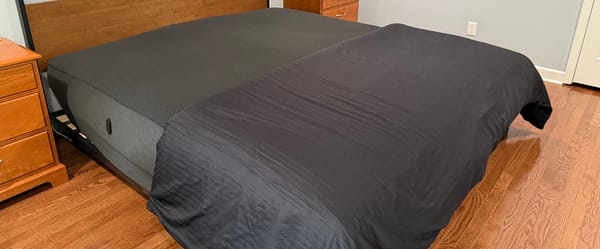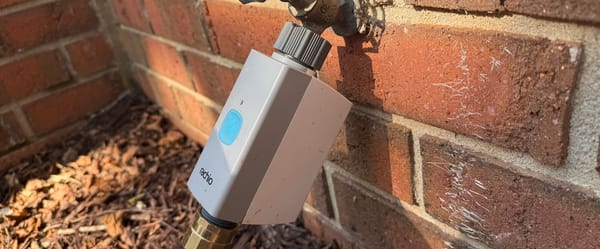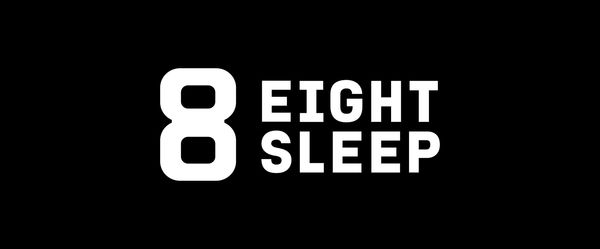Nest x Yale vs. August (4th Gen & Yale Assure): Best Smart Lock
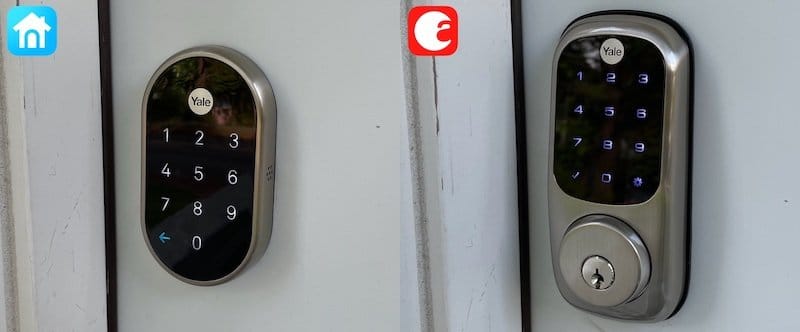
Over the last few years, I’ve tested more than 10 different smart locks. After a new month of testing, I determined August is still the best smart lock platform because of its auto-unlock feature and smart home compatibility. Nest x Yale features great-looking hardware, but it doesn’t offer any unique software features compared to August.
More than five smart locks are controlled with the August app. For this post, I’ll focus on the Yale Assure (comes with the August Module) because it’s the best August lock on the market. Almost everything I write in this post about Yale Assure applies to all of the August locks as well.
The August 4th Gen (hockey puck-shaped) may be preferred for those who live in apartments, which I’ll cover in the design section.
Want to learn how I reached this conclusion? Read on to see the detailed breakdown of software, user-friendliness, and design that informed my overall impression.
Want to learn how I reached this conclusion? Read on to see the detailed breakdown of software, user-friendliness, and design that informed my overall impression.
Features
August
August lets you control the system when you’re not home, see a history of who’s opened the door, and give people recurring scheduled access, temporary access, or permanent access.
August has two unique features that aren’t found on other smart locks:
With most smart locks, the app assumes that your house is locked and secured as long as the lock is in the lock position. But what if someone didn’t shut the door all the way? The door may be locked, but your home is not secure.
August’s DoorSense fixes this. August always knows the status of your door and warns you in the app when the door isn’t shut fully. When your door isn’t shut fully, the Auto-Lock feature is disabled.
The second unique feature is called “Auto Unlock,” which puts the system in “away mode” after you leave your house, then unlocks your August when you come back home.
August is the only smart lock platform that I’ve ever tested with an auto-unlock feature. Auto Unlock works perfectly about 95% of the time, while the other times it still works, it’s just slow.
Auto-Unlock is a magical experience when you come home from the grocery store with five bags on each arm. When Auto Unlock works correctly, it’s like your door doesn’t even have a lock. It’s the most convenient feature of any smart home product that I’ve ever tested.
Nest x Yale
Nest lets you control the system when you’re not home, see a history of who’s opened the door, and give people recurring scheduled access (houseguests, babysitters, nannies, house cleaners), give one-time temporary access (Airbnb guests), or give permanent access to the people in your household.
Nest has one unique feature software feature called Away Mode.
If Nest detects you’re not home, it puts itself in Away Mode and locks if it’s not already. While I love Away Mode (and it’s HUGE if you forget to lock your house), Nest doesn’t go into Away Mode until at least an hour passes. You shouldn’t rely on Away Mode to lock your house for you.
This automation can be done with August via third-party apps.
Smart Home
August
August works with almost every smart home platform out of the box including IFTTT, Alexa, Apple HomeKit, and Google Assistant.
August’s extra compatibility gives you endless opportunities for automations between your other smart home products or based on your location.
Nest x Yale
Nest x Yale doesn’t play nice with any smart home platforms outside of Google’s ecosystem. Nest expects you to use it exclusively within the Nest ecosystem and the lack of compatibility is its biggest weakness.
Nest x Yale has basic integration with other Nest products. For example, when you unlock Nest x Yale, your Nest Secure alarm system can disarm automatically. I’m surprised that Nest x Yale and Nest Hello don’t have any integrations with each other after three years of both being on the market.
Locking & Unlocking
Yale Assure
How to unlock your door:
- With Auto-Unlock. It unlocks your door after you’ve left your house and come back.
- With the August app. Tap the giant red circle.
- With the Apple Home app. Find the page that has your lock, then tap the icon.
- With a HomeKit Automation. A more secure auto-unlock method (if you’re a HomeKit hub owner), is to create an automation to unlock the door when you arrive home. When you get to the door, your phone will get a notification that asks your permission to unlock the door. You can tap the “run” automation button, and unlock your door, once your phone is unlocked via Face ID.
- With the Alexa app. Go to your devices, tap on locks, locate your lock, then tap the lock icon.
- Ask Alexa or Siri. When you say, “unlock the back door” Siri and Alexa will ask for your authentication (either Face ID, Touch ID, or a passcode depending on the device).
- With the key.
- With the August Apple Watch app. Locate the app, tap the green circle to unlock it.
How to lock your door:
- With an auto-lock timer. August can automatically lock after a set period since the door was last shut. You can pick a time between 30 seconds and 30 minutes.
- With the August app. Tap the giant green circle.
- With the Apple Home app. Find the page that has your lock, then tap the icon.
- With the Alexa app. Go to your devices, tap on locks, locate your lock, then tap the lock icon.
- With Alexa, Google, or Siri. When you say, “lock the back door” your door will lock without authentication.
- With your key.
- With the August Apple Watch app. Locate the app, tap the red circle to unlock it.
Nest x Yale
How to unlock your door:
- With the keypad: place a finger on the Yale logo to activate the keypad, then you tap in your code, followed by the checkmark.
- With the Nest app: tap on the lock icon, then hold the lock button for a full second.
- Inside the Google Home app.
- Nest x Yale doesn’t have a keyhole. If the batteries die, you need to hold a 9-volt battery to the bottom of the lock to activate the screen, then type in your code.
- The lack of a keyhole makes Nest x Yale risky for anyone with only one entry door. Technology can break. If you experience a software malfunction or a weakened motor from long-term use, you may find yourself locked out of your house.
How to lock your door:
- With an auto-lock timer. You can set the timer to lock 10 seconds, 1 minute, or 5 minutes after you’ve unlocked it.
- With the keypad. Just tap the Yale logo. This is the best way to lock the Nest, as you don’t inadvertently hit the button when closing the door.
- With the Nest app. Tap on the lock icon, then hold the lock button for a full second.
- With Google Assistant. When you say, “lock the back door” your door will lock without authentication.
Design
Design: Nest x Yale

Nest x Yale is one of the best-looking smart locks that I’ve tested. Its sleek and low-profile keypad has huge numbers that are great for visibility. It’s everything I could ever hope for in a design, aesthetically speaking.
It doesn’t have a keyhole, which adds to the minimalistic look, but that has downsides.
Size:
- Inside dimensions: 2.8″ x 7.1″ x 2.1″
- Outside dimensions: 2.6″ x 5.6″ x 0.67″
Yale Assure
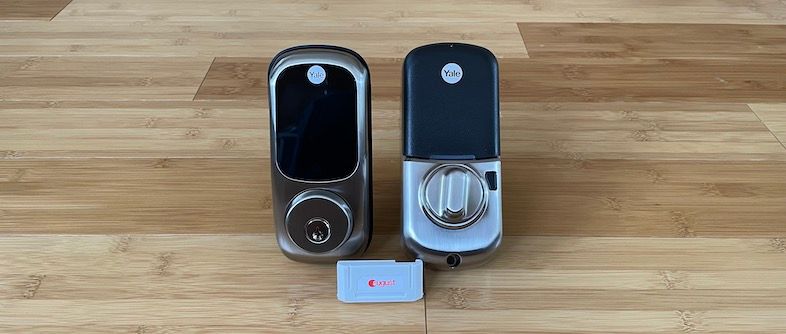
It’s hard to find anything to criticize with the look of this smart lock from inside or outside your home. The design is similar to the Nest x Yale, but the numbers on the keypad are a bit smaller.
The main difference is that Yale Assure has a keyhole for a key, which is a great failsafe option. If you like the minimalist look of a keyless lock, as I do, get the Yale Assure SL instead.
Size:
- Inside dimensions: 3″ x 6.9″ x 2.1″
- Outside dimensions: 3.6″ x 2.6″ x 0.67″
August 4th Gen
With the August (4th Gen), your existing deadbolt setup stays in place, but your deadbolt lever is replaced with August’s mounting plate. It’s shaped like a hockey puck and looks futuristic, but it’s not as intuitive as a traditional deadbolt lever. The magnetic battery door is easy to remove but won’t fall off on its own.
The good news?
You’ll retain your old external keyhole and latch from your previous lock. Nothing changes from the outside, and your key can be used as normal. August 4th Gen might be the perfect workaround if your landlord won’t allow a keypad or a change to your deadbolt. Also, the discreteness is a nice feature for those who don’t want others to know that they have a smart lock.
The bad news?
The main reason I don’t recommend August 4th Gen is because it doesn’t include a keypad. Without a keypad, you can’t give out access codes to guests. Everyone in your household needs the August phone app or the key to unlock the door. Technically, you can buy the August keypad attachment, but it didn’t perform well in my months of testing.
August 4th Gen might seem like an easier setup process because you’re only replacing one part of your deadbolt, but the makeshift solution might complicate matters for those with unique deadbolts. Plus, the lock calibration isn’t always a smooth process. It’s safer to just replace the whole deadbolt.
Size:
- Inside dimensions: 2.8″ x 2.8″ x 2.75″
- From the outside, it’s the same as your current deadbolt system.
Which is best for you?
Yale Assure (August)

- Software (A)
- User-Friendliness (A-)
- Appearance (A)
Get Yale Assure if you want your door to automatically unlock when you get home or get notified when your door isn't shut fully.
Nest x Yale

- Software (B)
- User-Friendliness (B+)
- Appearance (A+)
Get Nest x Yale if you own lots of Nest products and you don’t want to download another app. Nest x Yale is well-built and works as intended, but it’s missing lots of smart compatibility (Alexa, IFTTT, HomeKit) and smart software features compared to the two August locks.
August 4th Gen

- Software (A)
- User-Friendliness (B+)
- Appearance (B)
Get August (4th Gen) if you want to keep your key from your current deadbolt setup. It's great for renters or those who don't want to give the appearance of owning a smart lock.

